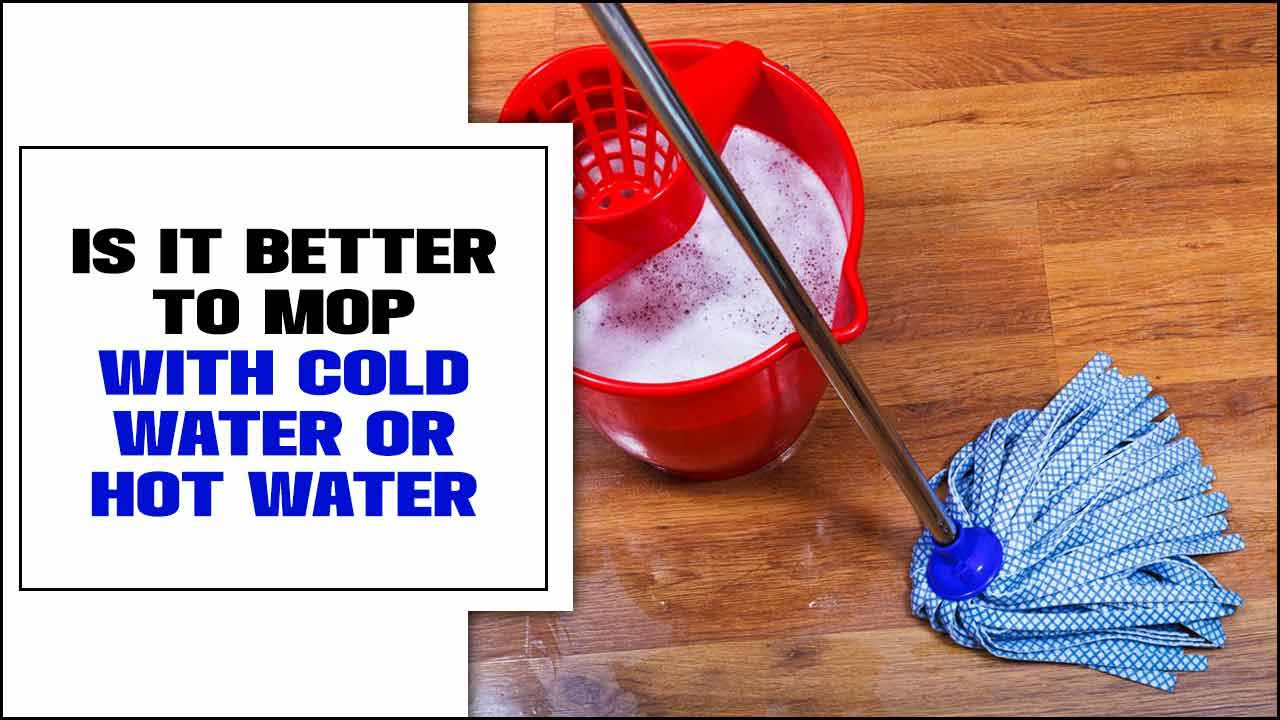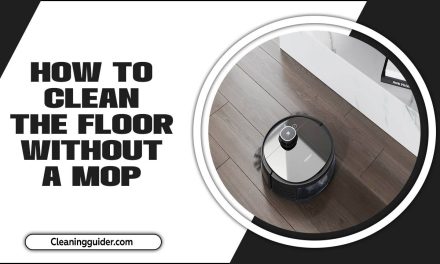Maintaining a clean and sanitary bathroom is essential for any household or business. However, one often overlooked aspect of bathroom cleanliness is the toilet brush.
This simple yet effective tool is used to scrub away stubborn stains and bacteria from the toilet bowl, but it is often neglected when it comes to cleaning and maintenance. Over time, a dirty and neglected toilet brush can become a breeding ground for germs and odors, making it not only unhygienic but also less effective in its job.
Here, we will discuss the proper techniques and steps on how to clean a toilet brush effectively. By following these tips, you can ensure that your toilet brush is not only clean but also functioning at its best to keep your bathroom spotless. Whether you are a homeowner, a business owner, or a cleaning professional, this guide will provide you with the necessary knowledge to maintain a clean and hygienic toilet brush for a cleaner and healthier bathroom environment.
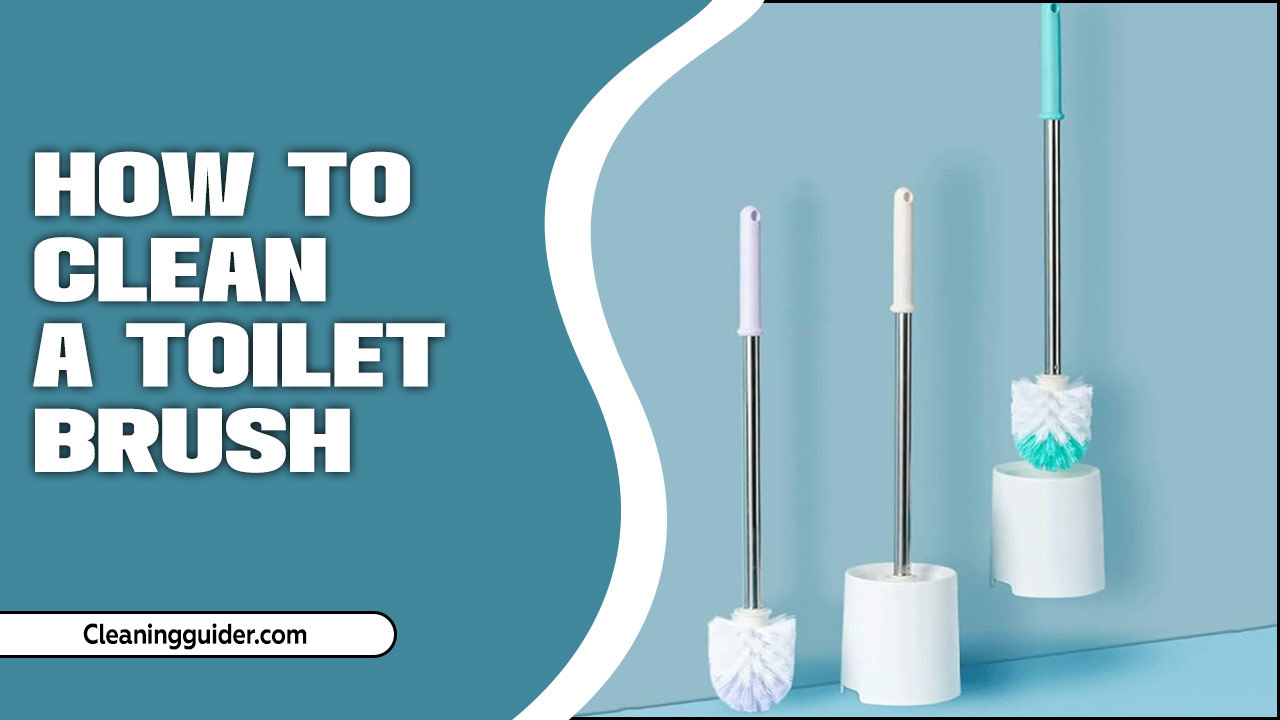
Different Types Of Toilet Brushes And Their Maintenance

Toilet brushes are essential tools for maintaining cleanliness and hygiene in bathrooms. These brushes effectively remove stains, grime, and bacteria from toilet bowls as they are specifically designed for that purpose. Understanding the importance of proper maintenance for toilet brushes is crucial in ensuring their longevity and optimal performance. Different types of toilet brushes can vary in terms of their design, materials, and functionality. Here are a few common types:
- Traditional Toilet Brush: This is the most common type of toilet brush found in households. It typically consists of a handle with bristles at one end. The bristles can come with synthetic materials or natural fibers like boar hair. To clean a traditional toilet brush, rinse it thoroughly under running water after use and allow it to air dry.
- Silicone Toilet Brush: Silicone toilet brushes have become popular due to their easy maintenance. They usually have flexible silicone bristles that are resistant to bacteria and are easy to clean. To maintain a silicone toilet brush, rinse it under water and wipe it with a disinfectant wipe regularly.
- Disposable Toilet Brush: These are typically pre-loaded with cleaning agents and are designed for one-time use. You can easily replace the disposable heads they come with. To maintain a disposable toilet brush, simply dispose of the used head
How To Clean A Toilet Brush – 5 Effective Methods
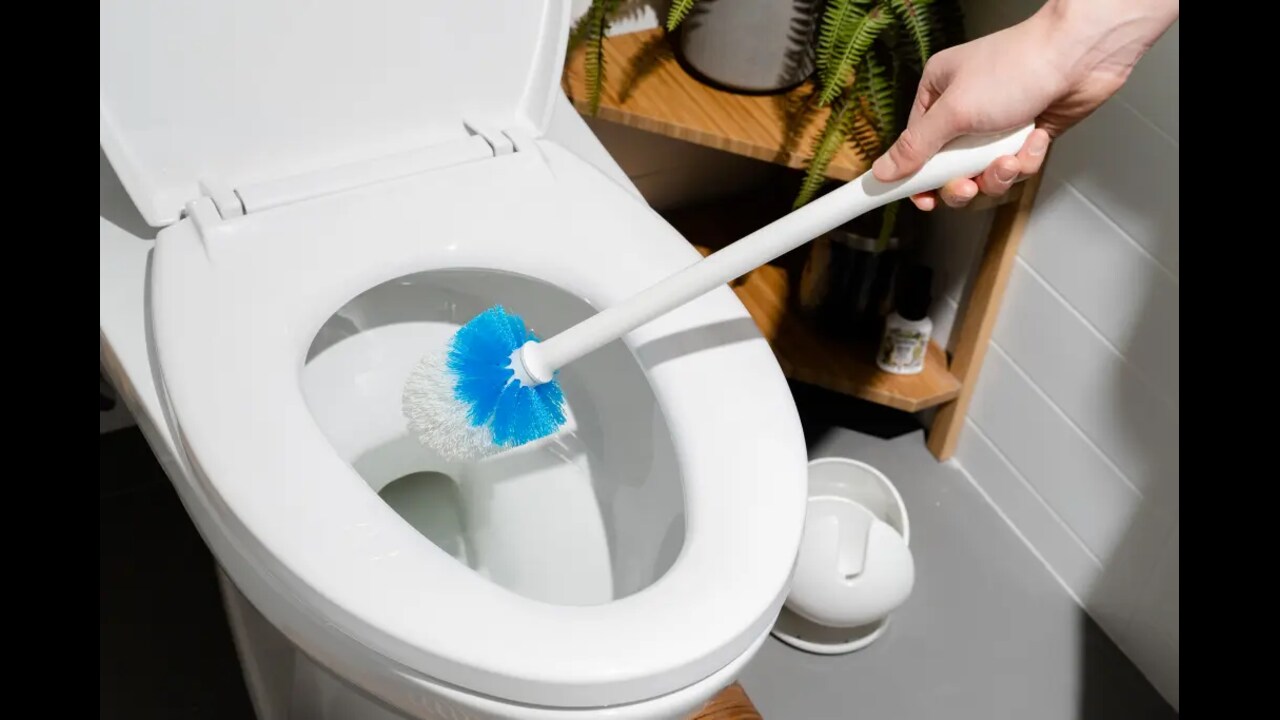
Maintaining a clean and hygienic bathroom is essential for any establishment, be it a residential or commercial space. One often overlooked yet crucial aspect of bathroom cleanliness is the proper care and maintenance of a toilet brush. While it may seem like a simple tool, a toilet brush plays a significant role in keeping toilets free from dirt, grime, and bacteria.
To clean a toilet brush effectively, start by filling a bucket or basin with warm water and adding a mild detergent or disinfectant. Submerge the brush head into the soapy water, ensuring that the bristles are fully covered. Gently agitate the brush to loosen any debris trapped within the bristles.
After a few minutes, remove the brush from the soapy water and rinse thoroughly under running water to remove any remaining detergent or disinfectant. To clean a toilet brush effectively, you can follow these 5 methods:
1.Preparing The Cleaning Solution
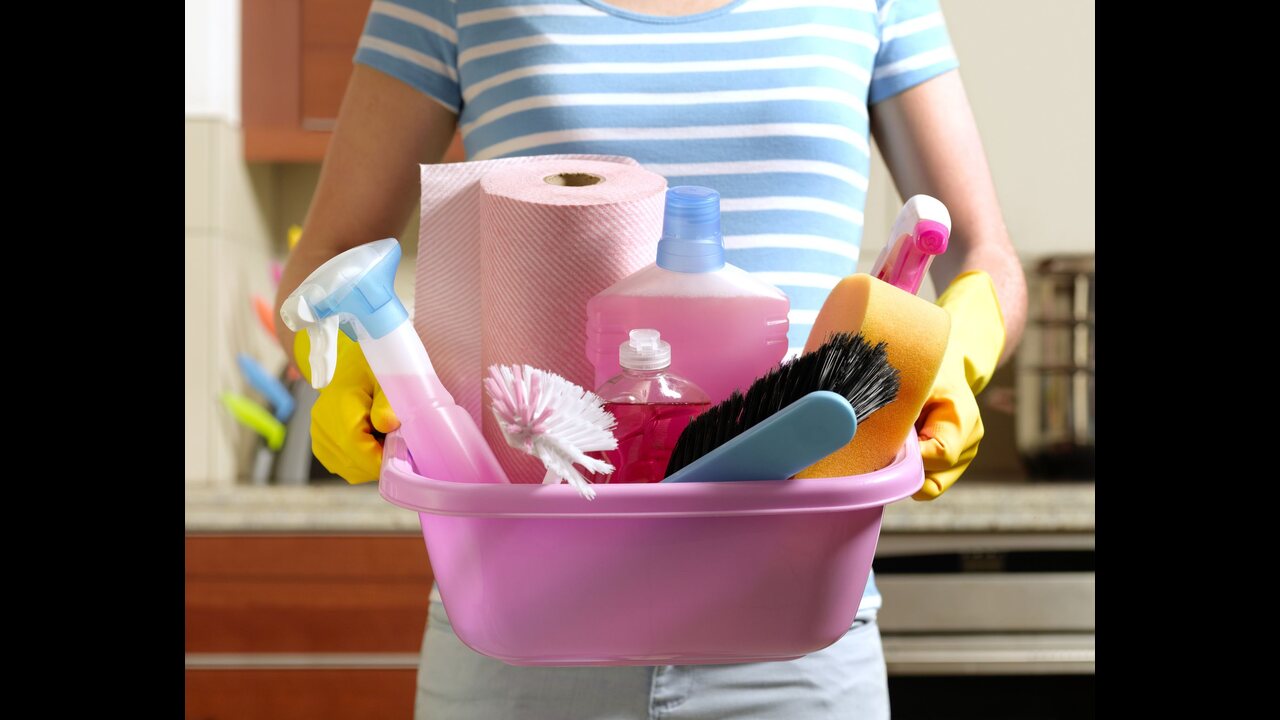
Preparing the cleaning solution for cleaning a toilet brush is a simple process. First, gather all the necessary supplies, including a bucket, hot water, and a cleaning agent such as bleach or a toilet bowl cleaner. Fill the bucket with hot water, ensuring that there is enough to submerge the toilet brush fully. Next, add the cleaning agent according to the instructions on the packaging.
Mix the solution well to ensure proper dilution. Once you have prepared the cleaning solution, place the toilet brush in the bucket, ensuring it is fully immersed. Allow the brush to soak for a few minutes to loosen any dirt or debris. Afterwards, use a cleaning brush or scrubber to scrub the bristles of the toilet brush gently. Pay special attention to the base and handle areas, as these can also harbor bacteria and grime. Once you thoroughly clean the brush, rinse it with clean water and allow it to air dry, or pat it dry with a clean towel.
2.Removing Excess Debris
Removing excess debris from a toilet brush is an essential step in maintaining good hygiene and cleanliness. After each use, it is important to remove any buildup of dirt, grime, and residue from the bristles. To do this, start by rinsing the toilet brush under hot water to loosen any stubborn debris. Then, apply a small amount of liquid dish soap or cleaner directly onto the bristles and use a scrub brush or your hand to thoroughly clean the bristles, making sure to remove any trapped particles.
Once clean, rinse the brush again under hot water to remove any remaining soap or cleaner. Finally, shake off any excess water and place the toilet brush in a well-ventilated area to air dry completely before storing it back in its holder. Regularly removing excess debris from a toilet brush not only helps to maintain its effectiveness but also ensures a clean and sanitary bathroom environment.
3.Soaking The Toilet Brush

Soaking the toilet brush is an important step in cleaning and maintaining a toilet brush. After using the toilet brush to scrub the toilet bowl, it is essential to sanitize and disinfect the bristles. One effective method is to fill a bucket or sink with warm water and add a disinfecting agent such as bleach or a toilet bowl cleaner. Dip the toilet brush in the water, ensuring that the bristles are fully submerged. Allow the brush to soak for at least 15-30 minutes to kill any bacteria or germs effectively.
This soaking process helps to remove any remaining residue and leaves the toilet brush fresh and clean for future use. Remember to rinse the brush thoroughly after soaking and allow it to air dry before storing it in a clean and dry area. Regularly soaking the toilet brush will help to maintain its effectiveness and ensure a hygienic cleaning process for your toilet.
4.Scrubbing And Disinfecting The Brush
Scrubbing and disinfecting the toilet brush is an essential part of maintaining proper hygiene and cleanliness in your bathroom. After each use, it is important to remove any visible debris or waste from the brush by rinsing it thoroughly under running water. Once the visible dirt is removed, it is crucial to disinfect the brush to eliminate any harmful bacteria or germs.
To disinfect the brush, you can use a variety of methods. One option is to fill a bucket or basin with a mixture of hot water and bleach or disinfectant solution. Submerge the brush in the solution and let it soak for a few minutes. This will help to kill any remaining bacteria on the bristles. Alternatively, you can also use a disinfectant spray or wipes to clean the brush thoroughly. After disinfecting, it is important to rinse the brush again under running water to remove any traces of the cleaning solution.
5.Rinsing And Drying The Brush
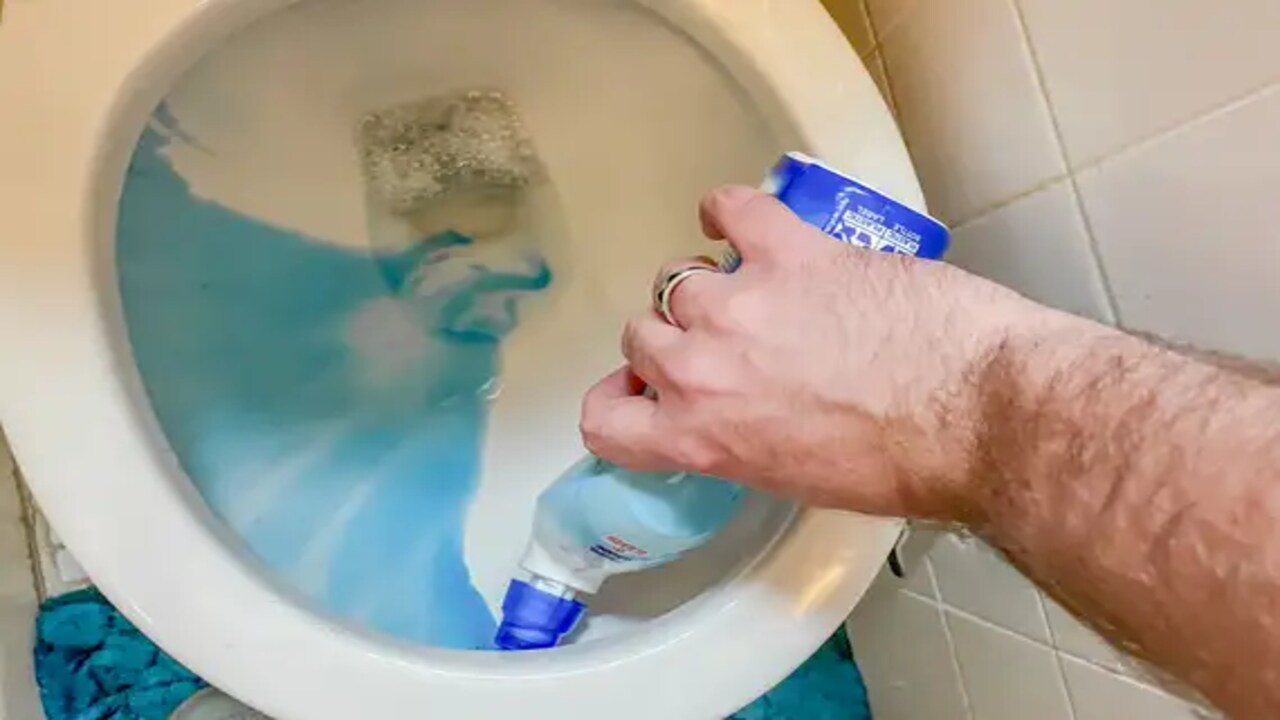
Rinsing and drying the toilet brush is an essential part of maintaining cleanliness and hygiene in your bathroom. After using the brush to clean the toilet, it is important to rinse it to remove any residue or debris thoroughly. To do this, hold the brush over the toilet bowl and swirl it around in the water, ensuring that all bristles are thoroughly rinsed.
Once you have rinsed the brush, it is crucial to properly dry it before storing it away. Leaving a wet brush can promote the growth of bacteria and unpleasant odors. To dry the toilet brush, you can either shake off any excess water or tap it gently against the side of the toilet bowl to remove the excess moisture.
Afterward, it is recommended to place the brush in a well-ventilated area, such as a brush holder or an open container, allowing it to air dry completely. Make sure to choose a location that is away from other bathroom essentials to avoid any potential contamination.
Alternative Cleaning Methods For Toilet Brushes
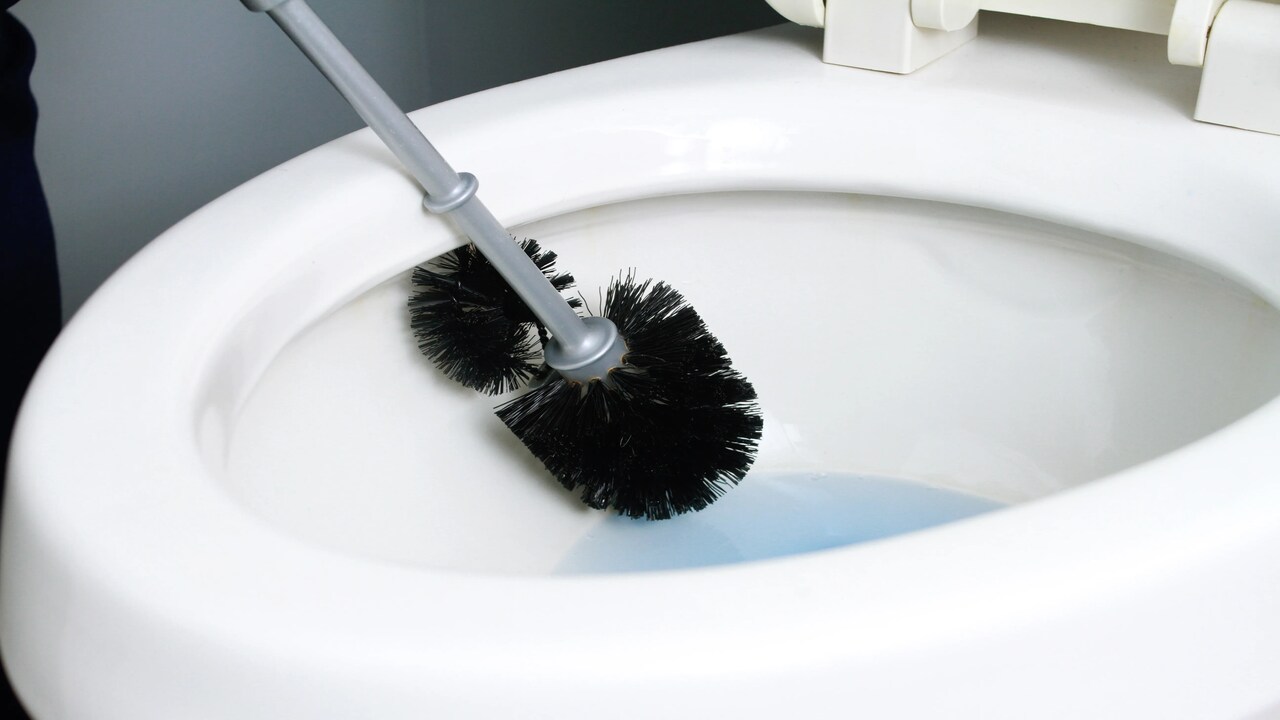
it is crucial to explore alternative cleaning methods for everyday household items. One such item that often goes overlooked is the humble toilet brush. Traditionally, toilet brushes are made of plastic and are handy with harsh chemical cleaners to ensure a thorough clean. Alternative Cleaning Methods for Toilet Brushes:
- Vinegar Soak: Fill a container with equal parts vinegar and water. Submerge the toilet brush in the mixture and let it soak for a few hours or overnight. Rinse the brush thoroughly with water before using.
- Baking Soda Paste: Make a paste by mixing baking soda with water until it forms a thick consistency. Apply the paste to the toilet brush bristles and let it sit for about 30 minutes. Scrub the brush with a scrub brush or old toothbrush, then rinse it off with water.
- Lemon Juice: Squeeze fresh lemon juice onto the bristles of the toilet brush. Let it sit for a few hours to loosen any stains or residue. Rinse the brush with water and allow it to air dry.
- Hydrogen Peroxide: Fill a container with hydrogen peroxide and place the toilet brush in it. Allow the brush to soak for at least 30 minutes. Rinse it thoroughly
Common Mistakes To Avoid When Cleaning A Toilet Brush
Cleaning a toilet brush is an essential task for maintaining cleanliness and hygiene in our bathrooms. However, there are common mistakes that people often make when performing this routine chore. One of the most frequent errors is neglecting to wear protective gloves while handling the brush. Common Mistakes to Avoid When Cleaning a Toilet Brush:
- Neglecting To Clean The Brush After Each Use: It’s important to rinse the toilet brush thoroughly under running water to remove any residue or debris. Leaving it dirty can lead to the growth of bacteria and unpleasant odors.
- Not Using Disinfectant: To ensure proper cleanliness and hygiene, it’s essential to use a disinfectant when cleaning a toilet brush. This helps kill germs and bacteria that may be present on the brush bristles.
- Storing The Brush Improperly: After cleaning the toilet brush, make sure to store it in a clean and dry area. Avoid placing it directly on the floor or in close proximity to the toilet bowl. This helps prevent the transfer of bacteria and keeps the brush in good condition.
- Using Harsh Chemicals On The Brush: Avoid using strong chemicals or bleach directly on the toilet brush, as this can cause damage to the bristles over time.
Conclusion
keeping your toilet brush clean is an essential part of maintaining a hygienic bathroom. By following these simple steps, you can ensure that your toilet brush stays free of germs and bacteria and continues to clean your toilet effectively. Remember to wear gloves and use a disinfectant cleaner to keep both yourself and your brush clean.
Regularly cleaning your toilet brush will not only improve the cleanliness of your bathroom but also prolong the life of your brush. With these tips in mind, you can confidently tackle the task of cleaning your toilet brush and having a sparkling clean toilet every time.
FAQ
1.What Are The Necessary Steps To Effectively Clean A Toilet Brush?
Ans: To effectively clean a toilet brush, start by wearing gloves and removing any debris or waste from the brush by shaking it or using a pair of tweezers. Then, fill a bucket or sink with hot water and add a disinfectant or bleach solution. Submerge the brush in the solution and let it soak for a few minutes. Use a scrub brush or old toothbrush to scrub the bristles thoroughly and remove any remaining residue.
2.Are There Any Specific Cleaning Products Or Solutions That Should Be Used When Cleaning A Toilet Brush?
Ans: Yes, we recommend using a disinfectant cleaner, such as bleach or a toilet bowl cleaner, to clean a toilet brush. These cleaning products help kill bacteria and remove any residue or odors on the brush. It is important to rinse the brush thoroughly after cleaning and allow it to air dry before storing it. Regular cleaning of the toilet brush helps maintain cleanliness and prevent the spread of germs.
3.How Frequently Should A Toilet Brush Be Cleaned To Maintain Hygiene?
Ans: You should ideally clean a toilet brush after each use to maintain proper hygiene. This helps prevent the spread of bacteria and ensures the brush is ready for the next use. Regular cleaning also helps extend the lifespan of the brush and keeps it in good condition.
4.What Are Some Tips Or Techniques To Ensure That A Toilet Brush Is Thoroughly Cleaned And Disinfected?
Ans: To ensure that a toilet brush is thoroughly cleaned and disinfected, start by rinsing it under hot water to remove any debris. Then, fill a bucket or basin with a mixture of hot water and bleach or a disinfectant cleaner. Submerge the brush in the solution and let it soak for at least 10 minutes. After soaking, scrub the brush with a toilet bowl cleaner and rinse it thoroughly under hot water.
5.Are There Any Safety Precautions Or Measures To Consider When Cleaning A Toilet Brush?
Ans: Yes, there are some safety precautions to consider when cleaning a toilet brush. It is important to wear gloves to protect your hands from any potential germs or bacteria on the brush. Make sure to clean the brush in a well-ventilated area to avoid inhaling any chemical fumes. Use a disinfectant or bleach-based cleaner to clean the brush, and rinse it well afterwards thoroughly.


